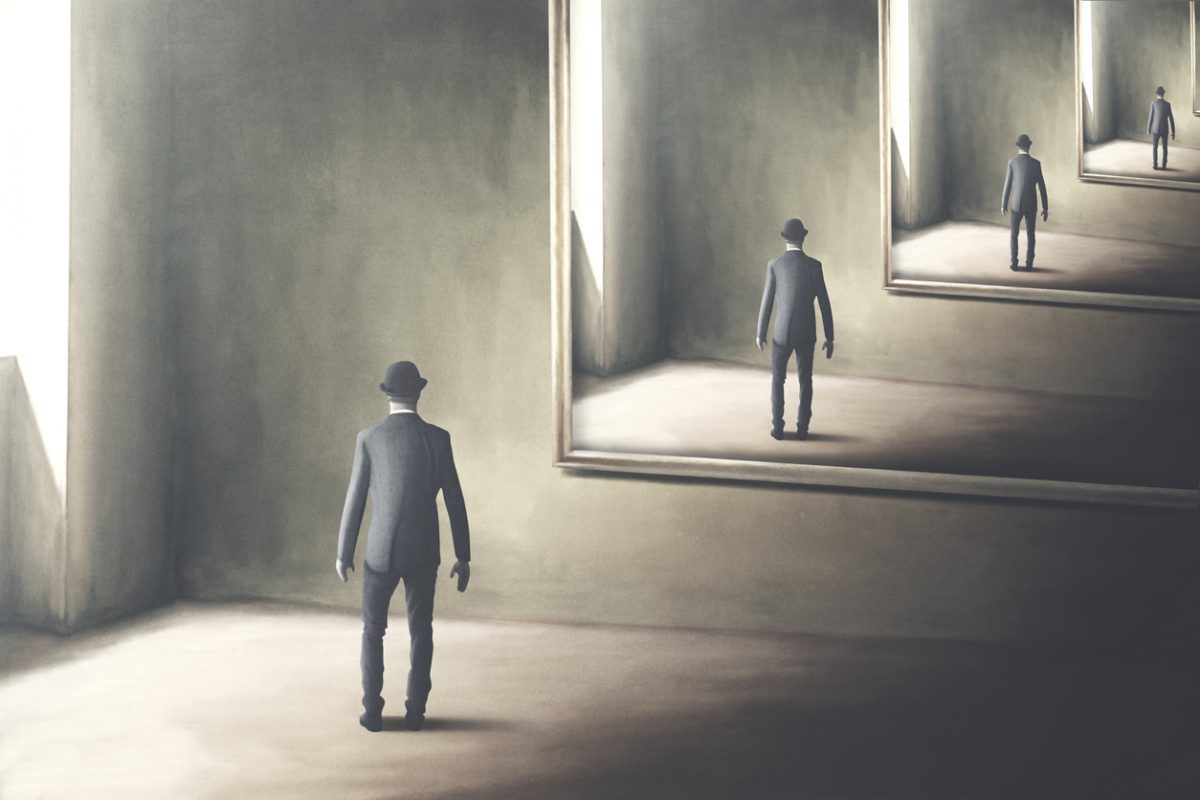Clozapine-Induced Euphoria: A Case Report
To the Editor: We describe a case of treatment-resistant schizophrenia in which clozapine initiation and titration caused transient euphoria.
Case report. Mr A is a 64-year-old man with a 35-year history of treatment-refractory schizophrenia (DSM-IV criteria), who was experiencing chronic delusions and auditory and visual hallucinations. He underwent multiple trials of different antipsychotics in the past, including trifluoperazine, chlorpromazine, olanzapine, and haloperidol, with minimal improvement in the psychotic symptoms. Past medical history included obesity, chronic obstructive pulmonary disease, and benign prostatic hypertrophy. He reported smoking 1 pack of cigarettes per/day and sporadic alcohol and cannabis abuse. He also reported experimenting with opioids in his adolescence. Current medications included haloperidol decanoate 200 mg intramuscular/monthly and finasteride 5 mg and terazosin 10 mg by mouth at bedtime. Medical assessment revealed normal physical examination, electrocardiogram, and laboratory values and no known drug allergies.
To target the chronic delusions and auditory and visual hallucinations, clozapine was started on an outpatient basis at 12.5 mg and increased weekly in 12.5-25-mg increments, with regular weekly follow-ups and monitoring of vital signs and complete blood count values. Mr A tolerated initiation and titration fairly well. He developed mild tachycardia, ranging from 105-120 beats/min. His blood pressure remained within normal values; however, on several occasions, transient orthostatic hypotension with a 10-point drop in systolic and diastolic blood pressure was observed. Shortly following initiation of clozapine, Mr A started reporting feeling "high." He described feeling elated, followed by intense feelings of euphoria and happiness starting 10 to 20 minutes after clozapine administration and lasting up to 2 hours. He also endorsed mild dizziness that initially paralleled euphoric feelings and then stopped. He described these sensations as being very similar to the effect of opioids that he had abused in adolescence. He denied experiencing a similar effect from other neuroleptics that he was given in the past. Mr A continued to experience this effect for 2 months while still undergoing clozapine titration. Once the clozapine level reached the total daily dose of 150 mg, the effect diminished in its strength and intensity and eventually disappeared.
This is a first report in the literature describing clozapine-induced euphoria that started shortly after clozapine initiation and lasted for several months into clozapine titration; the effect resembled that of opioids in this case. Clozapine1 and opioids2 share certain pathophysiologic effects that can be responsible for the above-described effect. First, both clozapine and opioids can produce orthostatic hypotension that can be responsible for reduced brain oxygenation, creating the feeling of euphoria that initially occurred in this case. Second, opioid-induced euphoria and feeling "high" are related to the dose-dependent increase of dopamine in certain brain areas, for example, in the nucleus accumbens,2 which is believed to have a central role in addiction physiology. Interestingly, studies in animal models show that clozapine administration can produce an increase of dopamine in the nucleus accumbens,3 which could, in part, explain the euphoric feelings experienced by Mr A. Additionally, it appears that clozapine can affect D1 and D2 receptors and that modulation of D1 and D2 receptors could either reduce or increase, respectively, craving for substance abuse.4,5 Therefore, it is possible that the clozapine-related increase in dopamine concentration, in the case of Mr A, transiently experienced as the subjective feeling of being "high," could reactivate opioid-induced synaptic plasticity of dopamine reward pathways. This hypothesis requires further investigation.
References
1. Young CR, Bowers MB Jr, Mazure CM. Management of the adverse effects of clozapine. Schizophr Bull. 1998;24(3):381-390. PubMed doi:10.1093/oxfordjournals.schbul.a033333
2. Leone P, Pocock D, Wise RA. Morphine-dopamine interaction: ventral tegmental morphine increases nucleus accumbens dopamine release. Pharmacol Biochem Behav. 1991;39(2):469-472. PubMed doi:10.1016/0091-3057(91)90210-S
3. Invernizzi R, Morali F, Pozzi L, et al. Effects of acute and chronic clozapine on dopamine release and metabolism in the striatum and nucleus accumbens of conscious rats. Br J Pharmacol. 1990;100(4):774-778. PubMed doi:10.1111/j.1476-5381.1990.tb14091.x
4. Drake RE, Xie H, McHugo GJ, et al. The effects of clozapine on alcohol and drug use disorders among patients with schizophrenia. Schizophr Bull. 2000;26(2):441-449. PubMed doi:10.1093/oxfordjournals.schbul.a033464
5. Self DW, Barnhart WJ, Lehman DA, et al. Opposite modulation of cocaine-seeking behavior by D1– and D2-like dopamine receptor agonists. Science. 1996;271(5255):1586-1589. PubMed doi:10.1126/science.271.5255.1586
Author affiliations: Department of Psychiatry, Yale University, New Haven, Connecticut.
Potential conflicts of interest: None reported.
Funding/support: None reported.
Published online: December 11, 2014.
Prim Care Companion CNS Disord 2014;16(6):doi:10.4088/PCC.14l01689
© Copyright 2014 Physicians Postgraduate Press, Inc.




